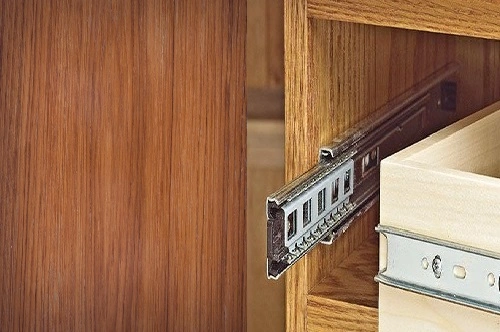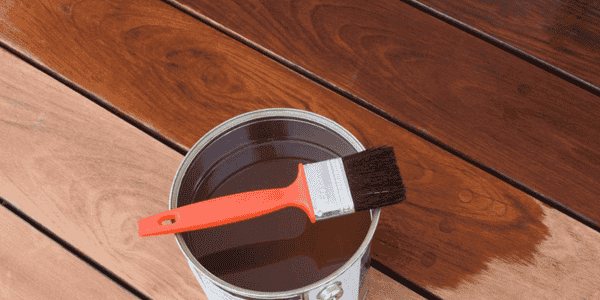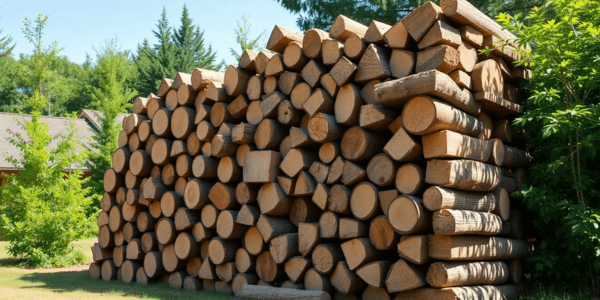Drawer slides are the unsung heroes of furniture functionality. Whether you’re designing new cabinetry, restoring old furniture, or upgrading an existing piece, selecting the right drawer slide material can make all the difference. Wood slides and metal slides are the two primary options, and both come with their advantages and limitations. Choosing between them depends on factors like aesthetics, load capacity, durability, and intended use.
In this article, we will compare wood slides and metal slides, explore their pros and cons, and guide you to make the best choice for your furniture project.
What are Drawer Slides?
Drawer slides are mechanisms that allow drawers to open and close smoothly. They attach to both the drawer and the furniture body to provide support and stability during movement. The two primary types of drawer slides are:
- Wood Slides: Traditionally crafted from wood, these slides are built as grooves or rails that allow the drawer to glide in and out.
- Metal Slides: Modern drawer slides, often made of steel or aluminum, incorporate ball bearings or rollers for a smoother and quieter motion.
Wood Slides: Traditional and Timeless
Wood slides have been around for centuries and are most commonly seen in vintage or hand-crafted furniture. These slides rely on a wood-to-wood friction mechanism where the drawer slides along wooden grooves or rails.
Advantages of Wood Slides:
- Aesthetic Appeal:
Wood slides offer a traditional, elegant, and timeless look. For antique furniture, custom-built wooden cabinetry, or heirloom pieces, wood slides complement the overall craftsmanship. - Customizability:
Since wood slides are crafted from the same wood as the furniture, they can be custom-built to fit any size drawer or cabinet. This is particularly useful for bespoke furniture projects. - Durability for Lightweight Use:
For smaller drawers that don’t bear significant weight, wood slides can last for decades if properly maintained. - Eco-Friendly:
Wood slides are a more sustainable and environmentally friendly option since they can be made from responsibly sourced materials without relying on metals or plastic.
Disadvantages of Wood Slides:
- Friction and Wear:
Wood slides don’t provide as smooth a glide as metal slides. Over time, repeated use can wear down the wood, leading to sticking or rough drawer movement. - Lower Load Capacity:
Wood slides are not designed to hold heavy loads. They are better suited for lightweight drawers, such as those in decorative furniture. - Maintenance Requirements:
Wooden slides need occasional lubrication (like a wax coating) to reduce friction and prevent sticking. Additionally, changes in humidity can cause the wood to expand or contract, affecting performance. - Lack of Features:
Unlike metal slides, wood slides do not offer features such as soft-close or full-extension capabilities.
Metal Slides: Modern and Functional
Metal drawer slides, often made of steel or aluminum, have become the standard in modern cabinetry and furniture construction. They offer advanced mechanisms like ball bearings or nylon rollers for smoother operation and higher durability.
Advantages of Metal Slides:
- Smooth and Consistent Movement:
Metal slides incorporate ball bearings or rollers, ensuring a smooth glide with minimal effort. This is especially useful for frequently used drawers. - High Load Capacity:
Metal slides are built to handle heavier loads, making them ideal for kitchen cabinets, tool drawers, office furniture, and storage units. - Durability:
Metal slides are resistant to wear and tear, lasting for years with minimal maintenance. They also withstand changes in humidity and temperature without warping. - Advanced Features:
Modern metal slides offer features such as:- Soft-Close: Prevents slamming by gently closing the drawer.
- Full-Extension: Allows the drawer to open fully, providing access to the entire space.
- Self-Closing: Ensures the drawer closes automatically after being pushed partway.
- Ease of Installation:
Many metal slides come with standardized sizes and mounting options, making installation quicker and easier compared to custom wood slides.
Disadvantages of Metal Slides:
- Less Aesthetic Appeal:
While functional, metal slides lack the charm of wood slides. They may not suit vintage or antique furniture designs. - Noise:
Although modern metal slides are quieter, lower-quality versions can produce noise during operation, especially if rollers or ball bearings become misaligned. - Cost:
High-quality metal slides with advanced features (soft-close, full-extension) tend to be more expensive than traditional wood slides. - Rust Potential:
In humid environments, metal slides may rust or corrode over time if not made of corrosion-resistant materials.
Wood vs. Metal Slides: Key Comparison
| Feature | Wood Slides | Metal Slides |
|---|---|---|
| Appearance | Traditional, natural wood look | Modern, industrial appearance |
| Smoothness of Operation | Moderate (wood-on-wood friction) | Very smooth (rollers or ball bearings) |
| Load Capacity | Low to moderate | High load-bearing capability |
| Durability | Requires maintenance, wears with use | Long-lasting and low maintenance |
| Customization | Highly customizable for bespoke pieces | Limited to pre-made sizes |
| Features | Basic (no advanced features) | Soft-close, self-close, full-extension |
| Cost | More affordable for simple builds | Higher cost for advanced features |
When to Choose Wood Slides
Opt for wood slides if:
- You’re working on antique or custom-built furniture where aesthetics matter most.
- The furniture will hold lightweight items (e.g., decorative drawers, jewelry boxes).
- You prefer a sustainable, traditional option for craftsmanship-focused projects.
Examples: Vintage dressers, heirloom furniture, handmade cabinetry.
When to Choose Metal Slides
Choose metal slides if:
- You need smooth, heavy-duty, and reliable operation for high-use furniture.
- The drawers will carry significant weight (e.g., kitchen cabinets, office desks, toolboxes).
- Advanced features like soft-close or full-extension are essential.
Examples: Modern kitchen cabinets, office furniture, storage systems, and tool chests.
Final Thoughts
When comparing wood slides to metal slides, the choice ultimately comes down to your project’s priorities. If you’re restoring vintage furniture or creating a custom, handcrafted piece, wood slides preserve authenticity and charm. On the other hand, for modern, functional furniture that demands durability, smooth performance, and advanced features, metal slides are the superior option.
Understanding the strengths and limitations of each option will help you make the right decision for your furniture, ensuring a perfect balance of aesthetics and functionality. Whether traditional or modern, the right drawer slide choice enhances your furniture’s usability and longevity.


